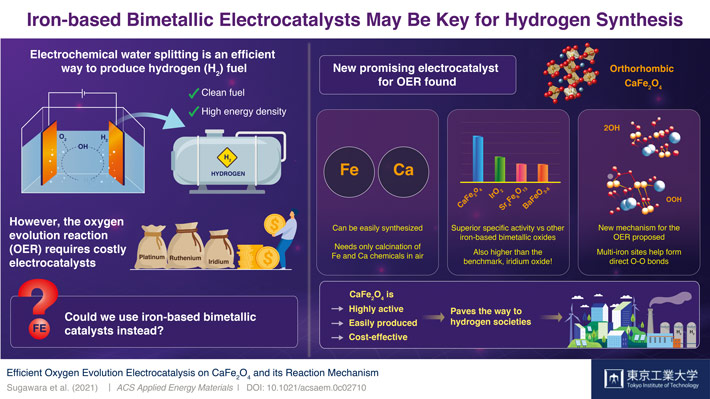
Electrocatalytic water splitting, a process that entails breaking down water into hydrogen and oxygen, is a promising approach to produce clean hydrogen for fuel cells, which could in turn be used to power large electric vehicles. So far, the real-world use of this process has been limited by the sluggish kinetics of the oxygen evolution reaction (OER), a key chemical reaction occurring at the anode.
Researchers at Max-Planck-Institute for Chemical Physics of Solids, Weizmann Institute of Science and other institutes recently introduced an innovative approach to accelerate this reaction, using topological chiral semimetals as electrocatalysts.
Their findings, published in Nature Energy, demonstrate that spin-orbit coupling (SOC) inherent in these materials ...
Read More







Recent Comments